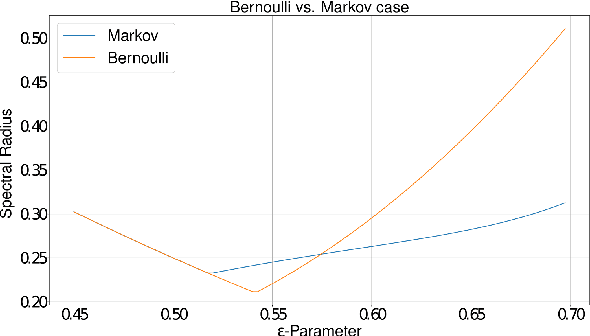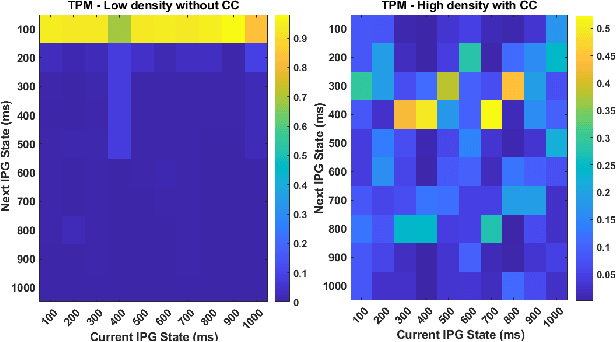Adwait Datar
Wasserstein KL-divergence for Gaussian distributions
Mar 31, 2025Abstract:We introduce a new version of the KL-divergence for Gaussian distributions which is based on Wasserstein geometry and referred to as WKL-divergence. We show that this version is consistent with the geometry of the sample space ${\Bbb R}^n$. In particular, we can evaluate the WKL-divergence of the Dirac measures concentrated in two points which turns out to be proportional to the squared distance between these points.
Systematic construction of continuous-time neural networks for linear dynamical systems
Mar 24, 2024Abstract:Discovering a suitable neural network architecture for modeling complex dynamical systems poses a formidable challenge, often involving extensive trial and error and navigation through a high-dimensional hyper-parameter space. In this paper, we discuss a systematic approach to constructing neural architectures for modeling a subclass of dynamical systems, namely, Linear Time-Invariant (LTI) systems. We use a variant of continuous-time neural networks in which the output of each neuron evolves continuously as a solution of a first-order or second-order Ordinary Differential Equation (ODE). Instead of deriving the network architecture and parameters from data, we propose a gradient-free algorithm to compute sparse architecture and network parameters directly from the given LTI system, leveraging its properties. We bring forth a novel neural architecture paradigm featuring horizontal hidden layers and provide insights into why employing conventional neural architectures with vertical hidden layers may not be favorable. We also provide an upper bound on the numerical errors of our neural networks. Finally, we demonstrate the high accuracy of our constructed networks on three numerical examples.
Finite State Markov Modeling of C-V2X Erasure Links For Performance and Stability Analysis of Platooning Applications
Nov 13, 2021



Abstract:Cooperative driving systems, such as platooning, rely on communication and information exchange to create situational awareness for each agent. Design and performance of control components are therefore tightly coupled with communication component performance. The information flow between vehicles can significantly affect the dynamics of a platoon. Therefore, both the performance and the stability of a platoon depend not only on the vehicle's controller but also on the information flow Topology (IFT). The IFT can cause limitations for certain platoon properties, i.e., stability and scalability. Cellular Vehicle-To-Everything (C-V2X) has emerged as one of the main communication technologies to support connected and automated vehicle applications. As a result of packet loss, wireless channels create random link interruption and changes in network topologies. In this paper, we model the communication links between vehicles with a first-order Markov model to capture the prevalent time correlations for each link. These models enable performance evaluation through better approximation of communication links during system design stages. Our approach is to use data from experiments to model the Inter-Packet Gap (IPG) using Markov chains and derive transition probability matrices for consecutive IPG states. Training data is collected from high fidelity simulations using models derived based on empirical data for a variety of different vehicle densities and communication rates. Utilizing the IPG models, we analyze the mean-square stability of a platoon of vehicles with the standard consensus protocol tuned for ideal communication and compare the degradation in performance for different scenarios.
 Add to Chrome
Add to Chrome Add to Firefox
Add to Firefox Add to Edge
Add to Edge